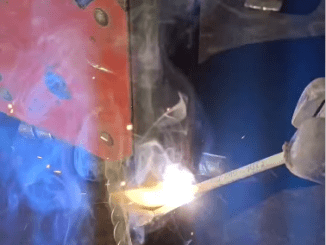
Making Clay Ovens in the Streets: A Tradition of Craftsmanship and Community
In cities around the world, the art of making clay ovens in the streets is a vibrant and longstanding tradition that blends craftsmanship, culture, and community. From the bustling markets of India to the quiet villages of Central America, the practice of building clay ovens, or tandoors, hornos, and tabuns, has evolved as both a functional necessity and a social event, fostering connection and cultural exchange.

Origins and Cultural Significance
Clay ovens have a rich history that dates back thousands of years. In many ancient cultures, they were essential for cooking, especially in regions where wood-fired cooking was the norm. The use of clay as a material for ovens comes from its ability to retain heat and create an even cooking environment, which is ideal for everything from baking bread to roasting meats.
For example, in India, the tandoor oven is a staple in both home cooking and street food culture. This cylindrical clay oven is traditionally used to make naan, kebabs, and other popular dishes. The technique of making a tandoor—as well as cooking in it—has been passed down for generations, often in family-run shops or street-side stalls.
Similarly, in parts of Mexico, the horno is central to community life, often used for making tortillas, tamales, and baking large quantities of food for festivals and gatherings. The horno is typically a large, dome-shaped oven made from adobe or clay bricks, and its construction is a social activity, involving neighbors or family members working together to build and maintain it.

Crafting Clay Ovens in the Streets
In many cultures, the process of building clay ovens on the streets is as much about the experience and social interaction as it is about the final product. Whether it’s a tandoor in India, a tabun in the Middle East, or a horno in Latin America, the method of construction is usually similar: layers of clay, mixed with straw or other natural fibers, are applied to a framework to form the oven’s dome shape. Once completed, the oven is fired, often using wood or other natural fuels, to harden the clay and create a durable cooking surface.
Street-side oven builders often become part of the local landscape, drawing attention from passersby who stop to watch or participate in the process. There’s an innate sense of pride in seeing the oven come to life, and in many ways, it fosters a sense of connection between the craftsman and the community. People gather to share stories, offer advice, and enjoy the sense of accomplishment when the oven is finally ready for use.
A Dying Art?
While making clay ovens in the streets is still common in many parts of the world, it faces challenges from industrialization and modern conveniences. Gas and electric ovens have largely replaced traditional clay ovens in many households. However, the tradition remains strong in rural areas and certain urban communities, where there’s still a deep appreciation for the craft and the flavors that a clay oven can produce.
In some places, the resurgence of interest in sustainable, traditional methods of cooking has led to a revival of the clay oven. Eco-conscious individuals and groups are increasingly interested in building their own clay ovens, either for personal use or to participate in community-driven cooking events, like pizza nights or seasonal feasts.

Conclusion
Making clay ovens in the streets is more than just a form of construction; it is a tradition that continues to bring people together, creating bonds through shared labor, culture, and cuisine. As both a craft and a communal activity, the process of building and using these ovens keeps alive a rich cultural heritage, one that will hopefully endure in the face of modernity and continue to serve as a symbol of community, connection, and culinary creativity. See more videos https://t.co/GjN49NbeEx


